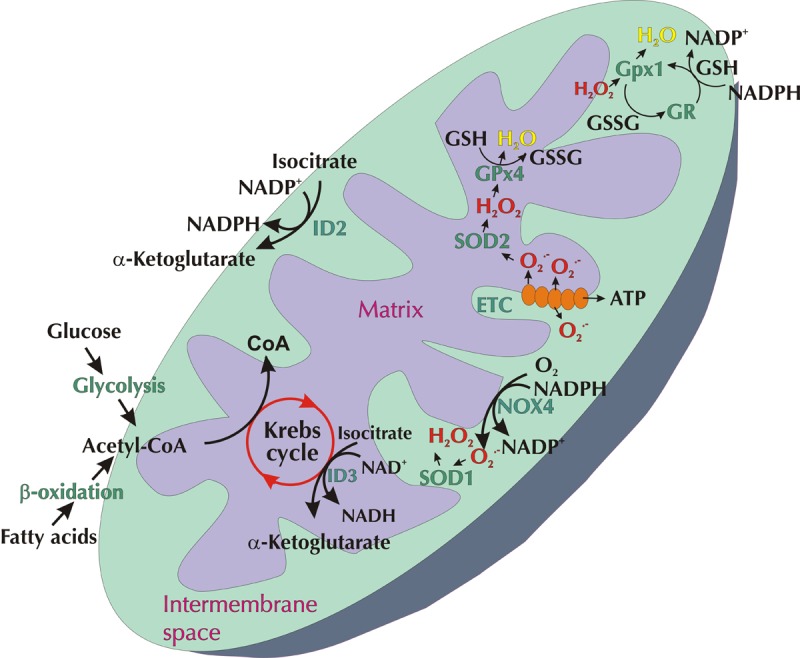Figure 1. Redox signaling within mitochondria.

ROS in the form of superoxide (O2.-) can be produced via the electron transport chain (ETC) or NOX4 within the inner mitochondrial membrane (IMM). O2.- is released from complexes I and III of the ETC into the matrix or intermembrane space. O2.- released from NOX4 or complex III enters the intermembrane space where it is dismutased by SOD1 into hydrogen peroxide (H2O2). O2.- within the matrix is converted into H2O2 by SOD2. In turn, H2O2 is detoxified into H2O via GPx1 in the intermembrane space or via GPx4 within the matrix. This delicate balance of ROS within the mitochondria is dependent upon the Krebs (citric acid) cycle, the conversion of NAD(P)+ to NAD(P)H, and vice versa. Under diabetic conditions this redox signaling is disrupted, resulting in increased oxidative stress.
